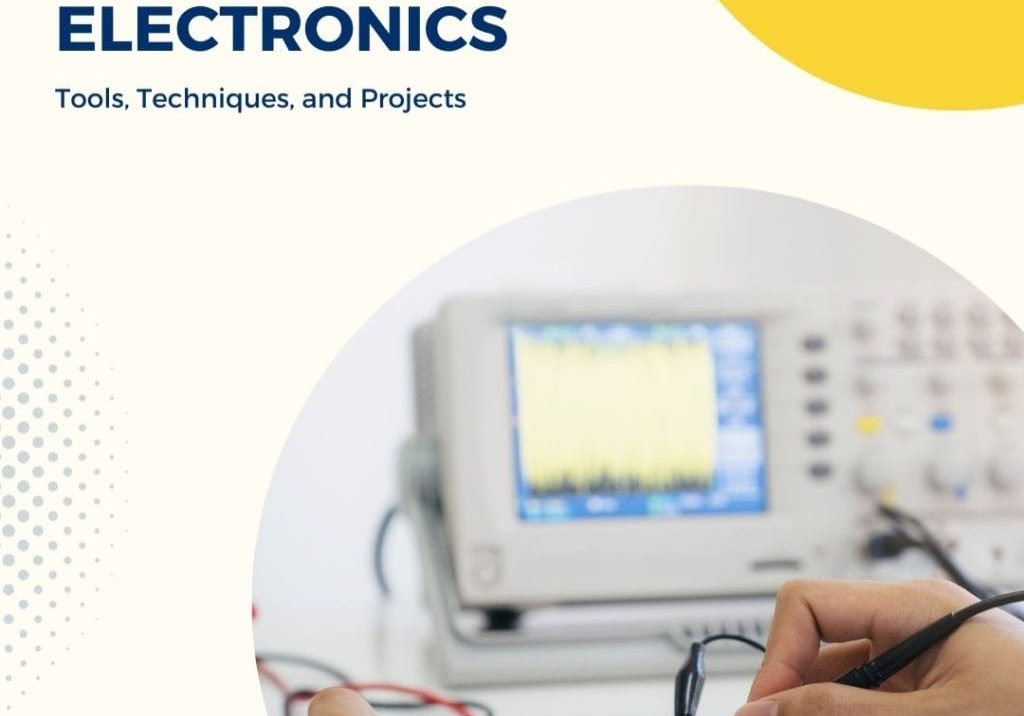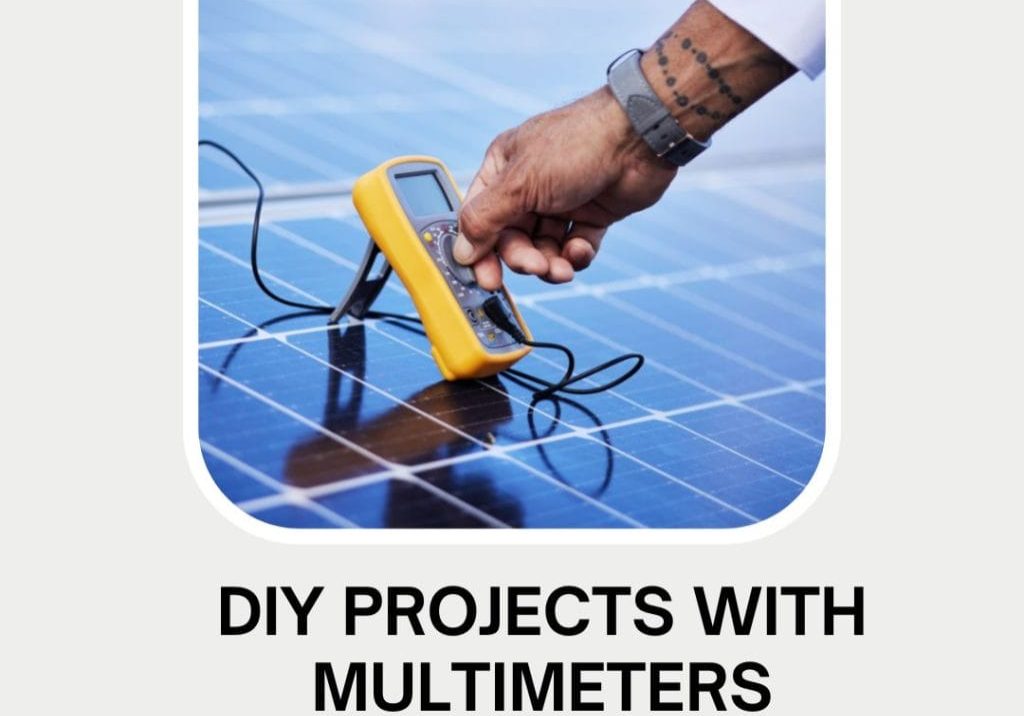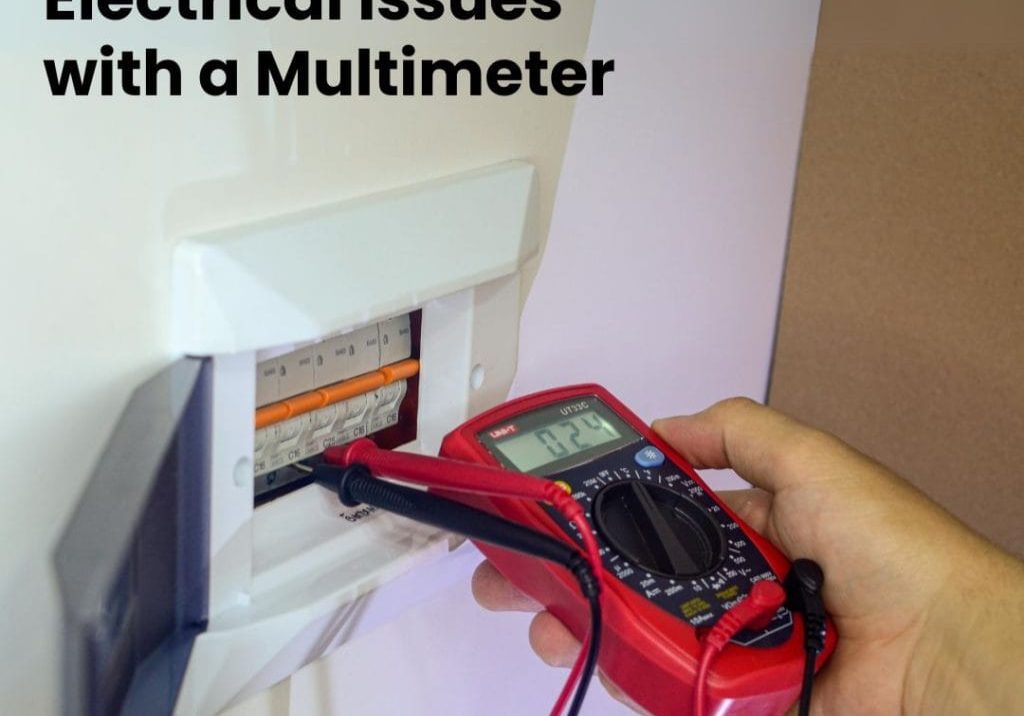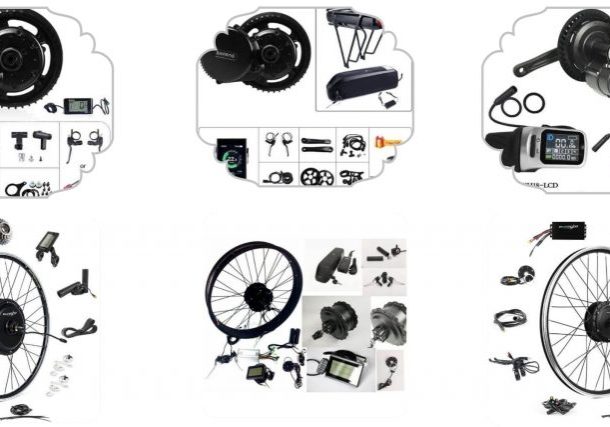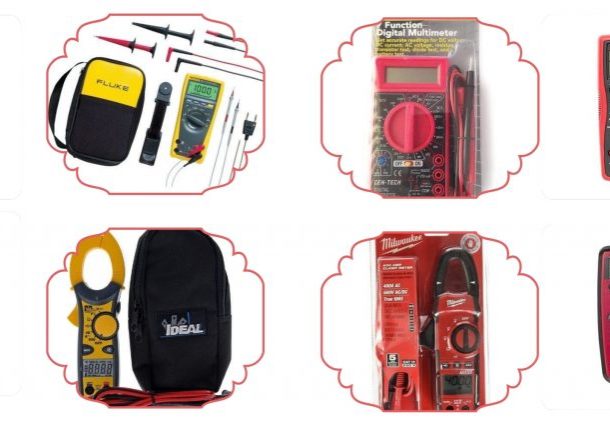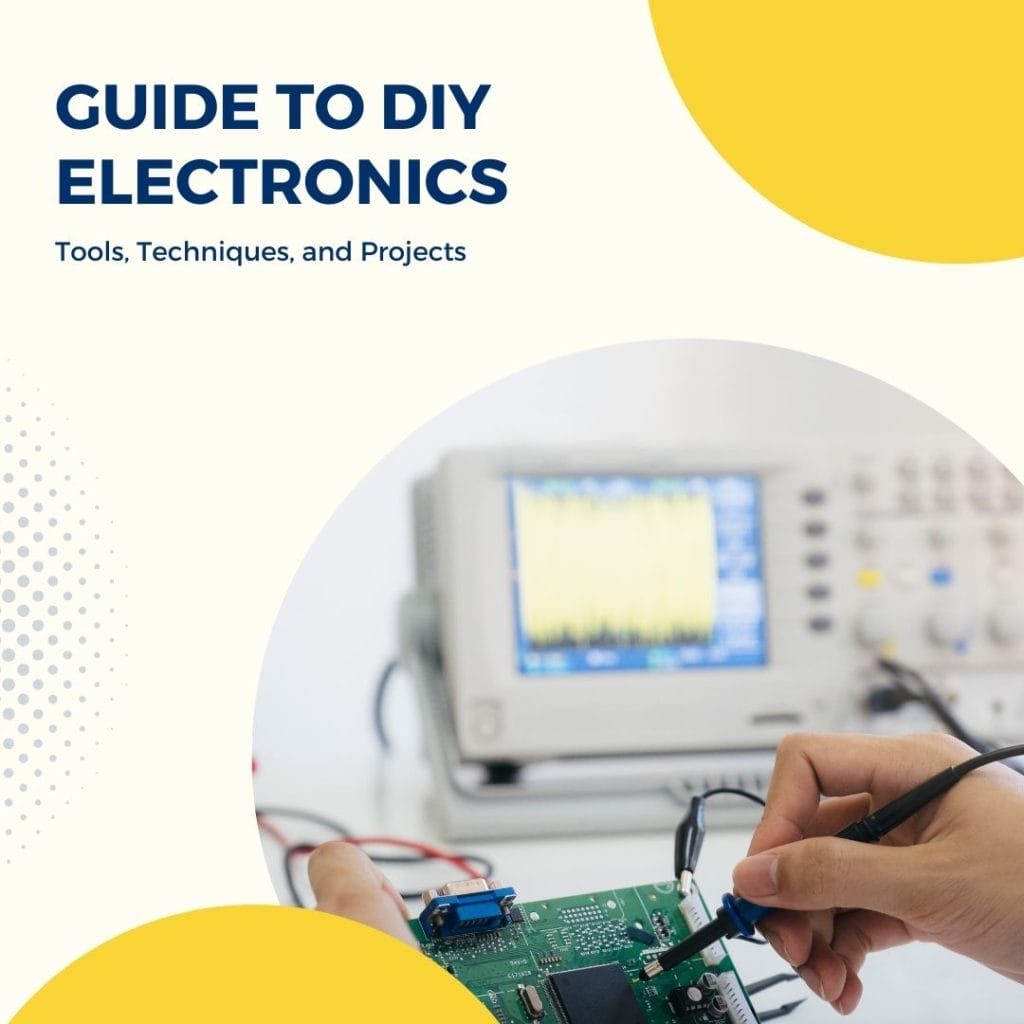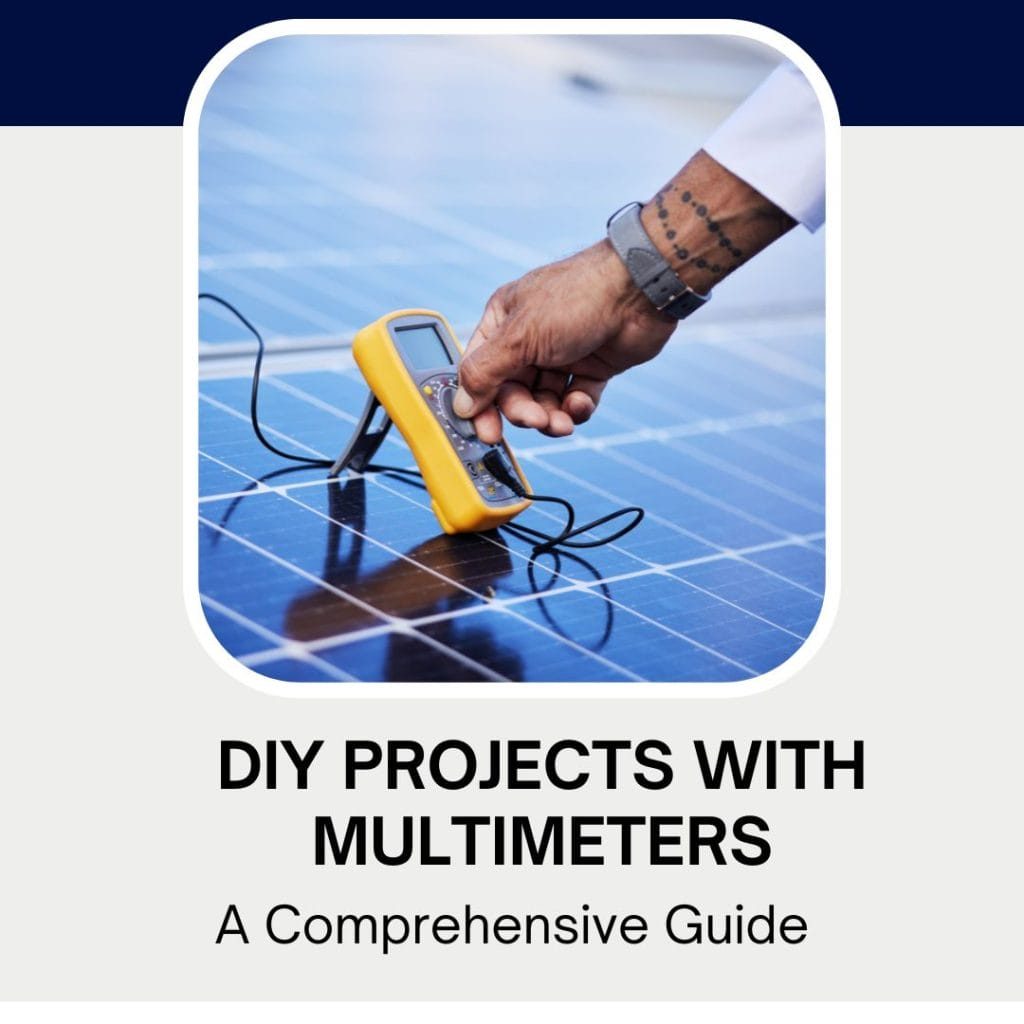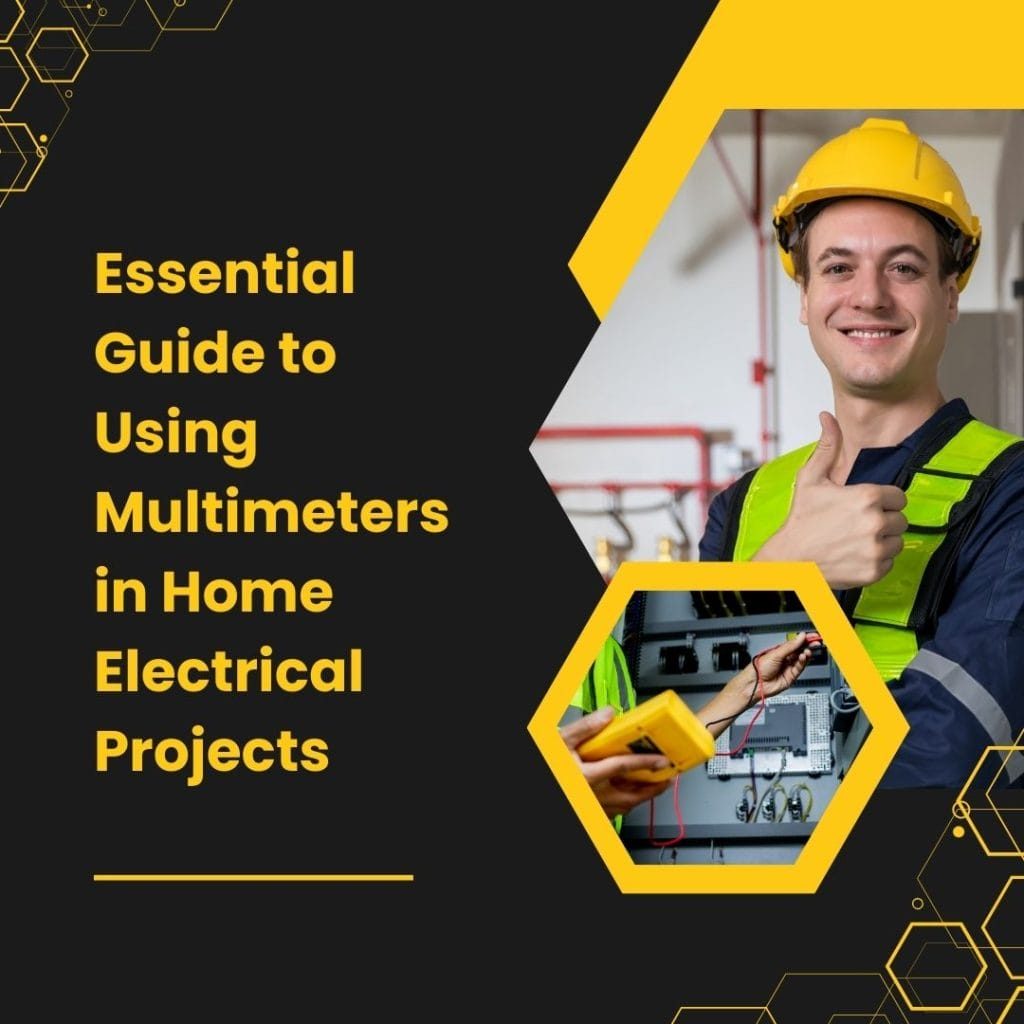Mastering DIY Electronics: Choosing and Using the Right Multimeter
A multimeter, a multitester or VOM (Volt-Ohm-Milliammeter), is essential in any DIY electronics toolkit. This versatile instrument lets you measure many aspects of your electronic projects, including voltage, current, and resistance. As such, it’s invaluable for troubleshooting circuits or checking the health of your components. Whether diagnosing a faulty power supply or testing a newly soldered component, a reliable multimeter makes the task much more manageable. Understanding how to choose and use one properly can significantly enhance your mastery of DIY electronics.
Types of Multimeters
There are primarily two types of multimeters: analog and digital. Each kind has advantages and disadvantages, suitable for different situations and preferences.
Analog Multimeters:
Analog multimeters use a moving needle to indicate the measured value on a scale. These are generally less expensive and more durable than digital multimeters but may be harder to read accurately. They are best suited for measuring AC currents.
Digital Multimeters:
Digital multimeters use a digital display to show the measured values. These can measure AC and DC currents, making them more versatile than analog models. They also tend to be more accurate, although they can be easily damaged by high voltage or current.
Important Features to Consider in a Multimeter
- Voltage Measurement Range:
Ensure the multimeter can measure AC and DC voltage with a range suitable for your projects.
- Resistance Measurement Range:
Choose a meter that can measure resistance accurately within the expected range of your projects.
- Current Measurement Range:
Most DMMs have different input terminals for measuring current. Consider whether you need to measure AC and DC or just one type.
- Accuracy:
The accuracy of a multimeter is typically listed as a percentage of the reading plus a fixed number. Ensure that the accuracy meets your project’s requirements.
Using a Multimeter
- Testing Voltage:
Select the appropriate range on your multimeter to measure voltage and connect the leads to the circuit. The red lead is typically for positive (+) readings, while black is for negative (-).
- Testing Resistance:
Set the multimeter to resistance mode and touch the two leads together to get a baseline reading. Then, place them across your component or circuit to read its resistance. Make sure the power is off before testing.
- Testing Current:
You must break the circuit and connect the multimeter in series with your component to measure current. Be sure to use the correct input terminal for your type of current.
Safety Tips While Using a Multimeter
- Always ensure the multimeter is set to the correct range before taking measurements.
- Never connect the multimeter’s leads to a live circuit in resistance or continuity mode. Doing so can damage both the meter and your components.
- Use caution when measuring high voltages, and always wear appropriate protective gear. Some multimeters have a safety feature that automatically lowers the input range if voltage exceeds a certain threshold. Ensure this is enabled before testing higher voltages.
- Always follow manufacturer instructions and only attempt to open or modify your multimeter if you are qualified to do so.
Conclusion: Picking the Right Multimeter for Your Needs
Choosing the right multimeter is crucial for any DIY electronics enthusiast. Consider your budget, the types of projects you plan to tackle, and the features most important to you when deciding. And always remember to practice proper safety precautions while using a multimeter. With the right tool in hand and some knowledge of how to use it effectively, you’ll be well on your way to mastering DIY electronics. Keep experimenting, keep learning, and happy tinkering! So don’t hesitate to try different multimeters and find the one that suits your needs best. With practice, you’ll soon become an expert at using this essential tool for all your electronic projects. Happy tinkering!
Frequently Asked Questions about Multimeters
- What is the difference between AC and DC voltage?
AC (alternating current) is the type of electrical current constantly changing direction, while DC (direct current) flows in one direction.
- Can I measure resistance with a digital multimeter?
Yes, most digital multimeters have a resistance mode for measuring the opposition to a circuit’s current flow.
- Why is it important to choose a multimeter with the correct measurement range?
Choosing the correct measurement range ensures accurate readings and protects your components and the multimeter from potential damage.
- Is it safe to measure high voltages with a multimeter?
Measuring high voltages without proper precautions can be dangerous, so always wear protective gear and follow safety guidelines.

